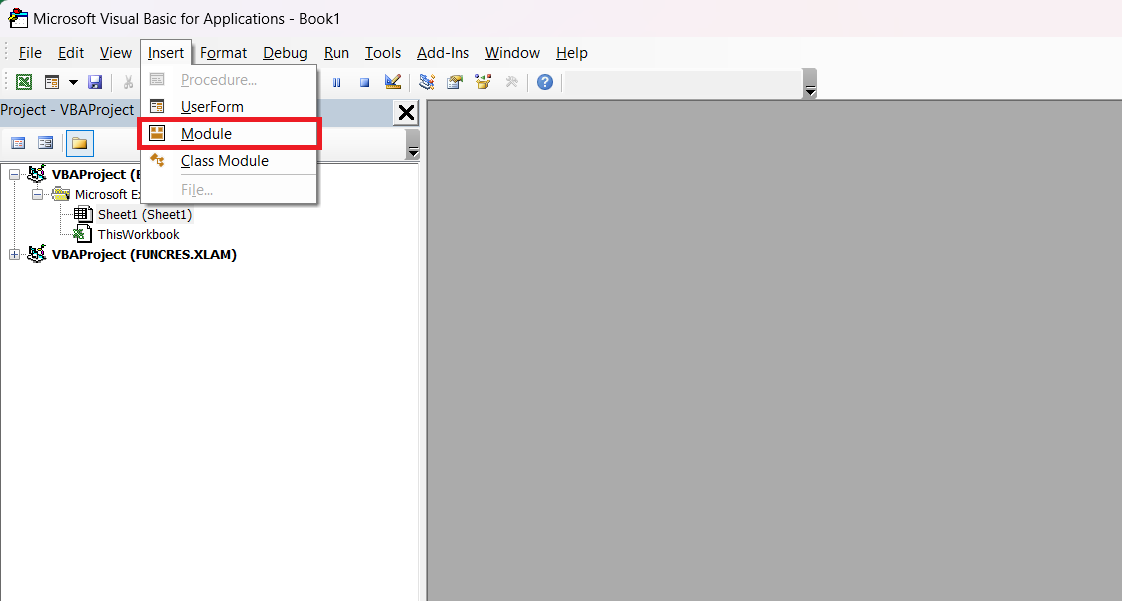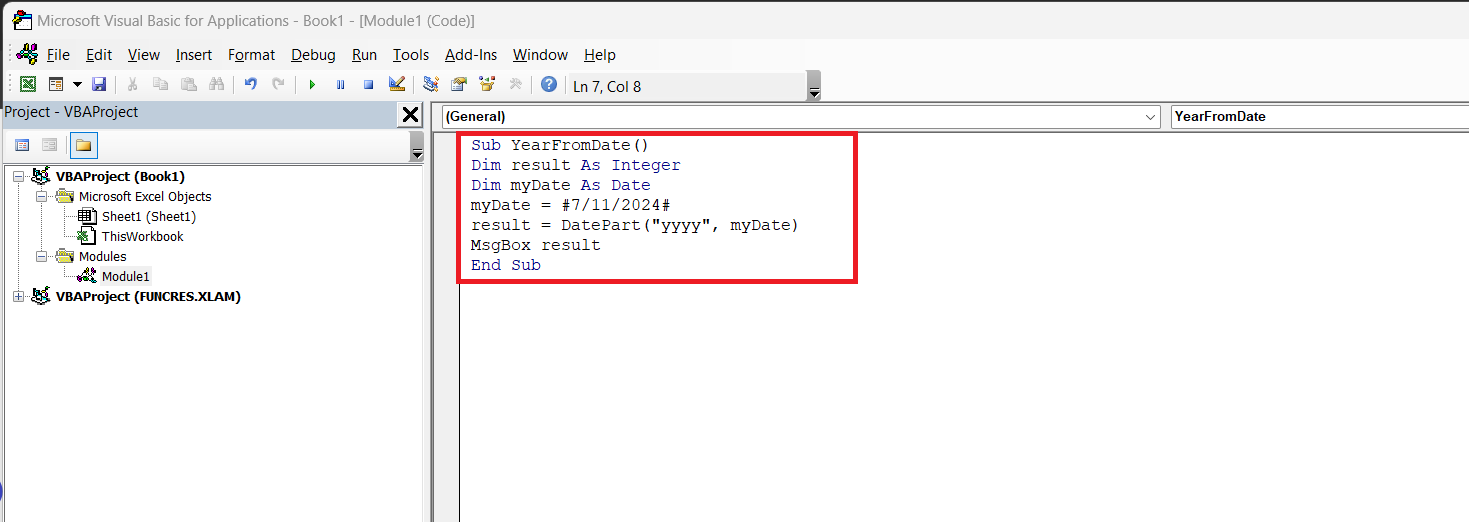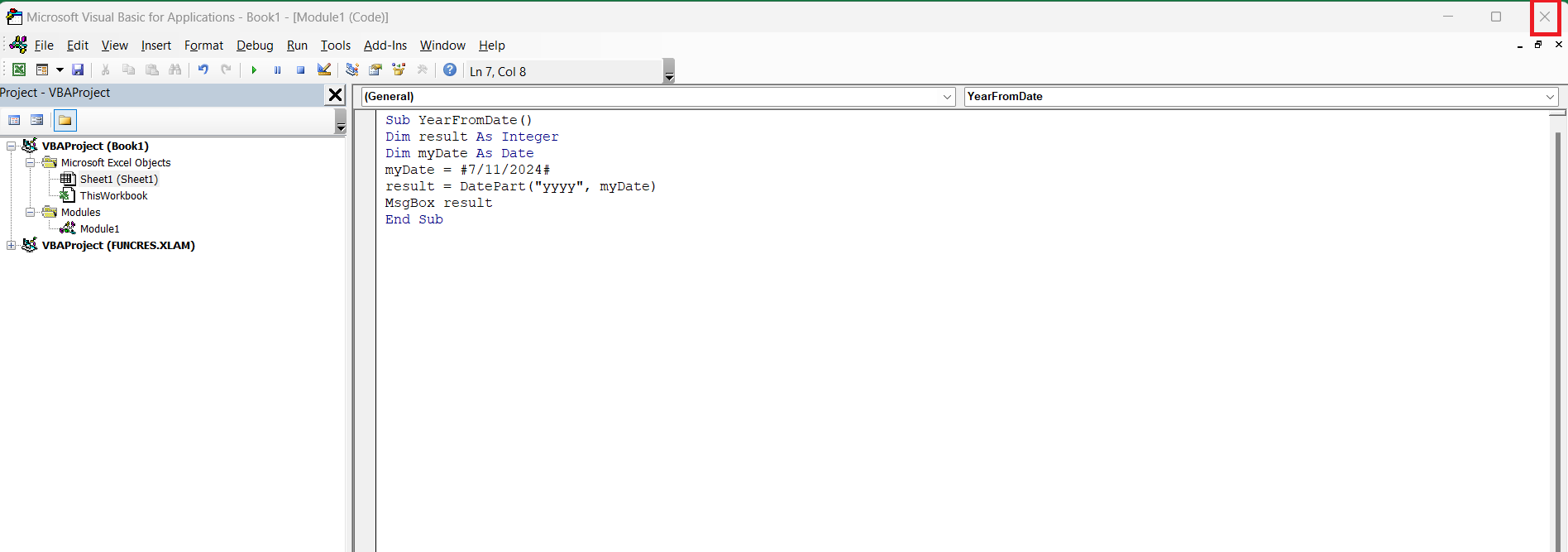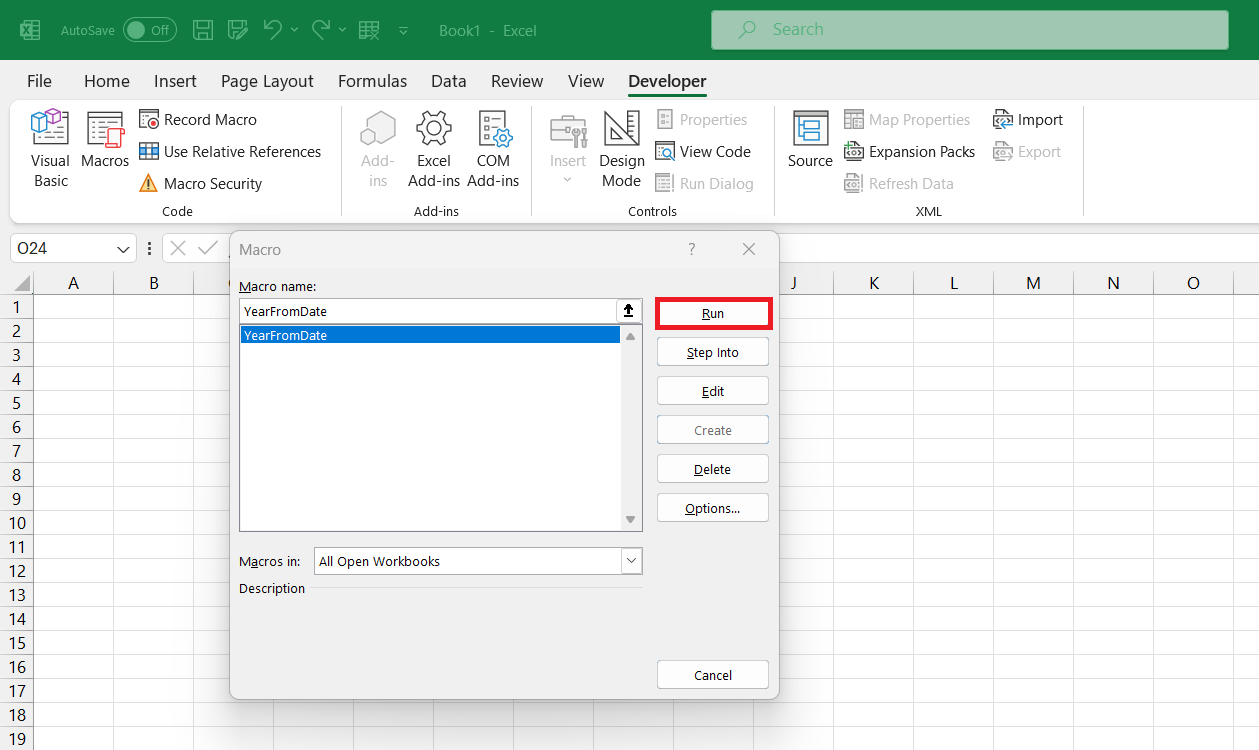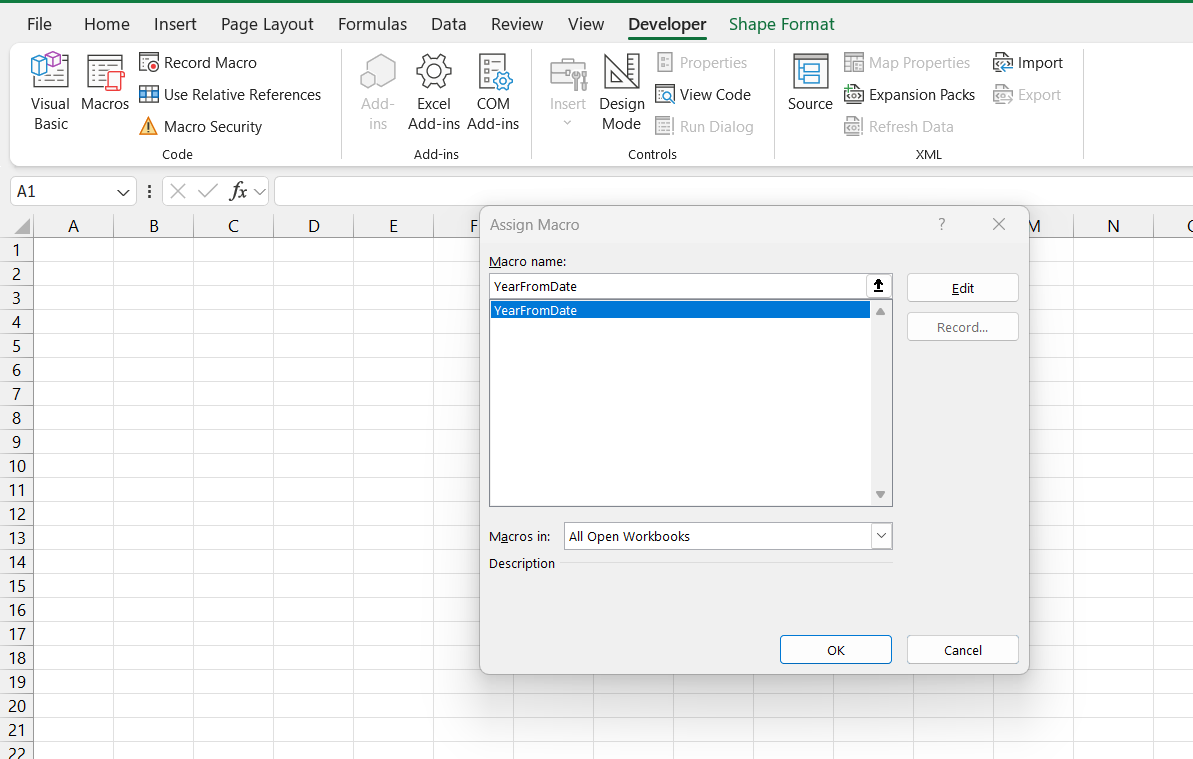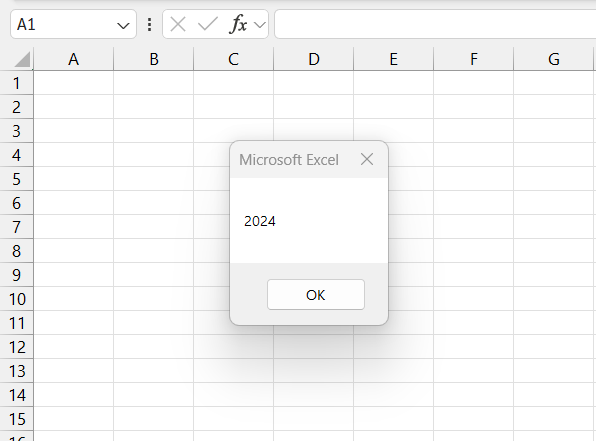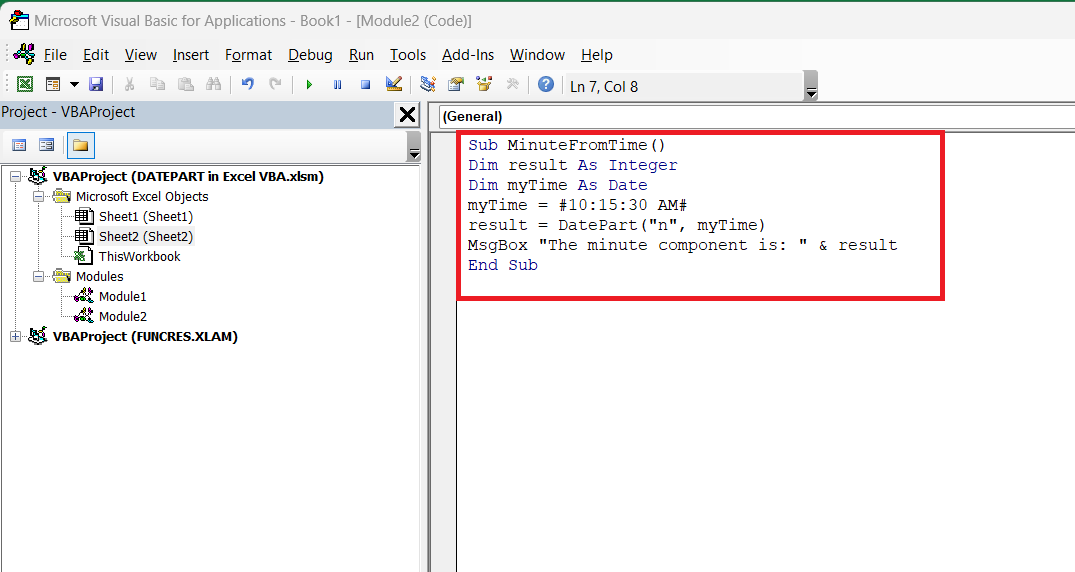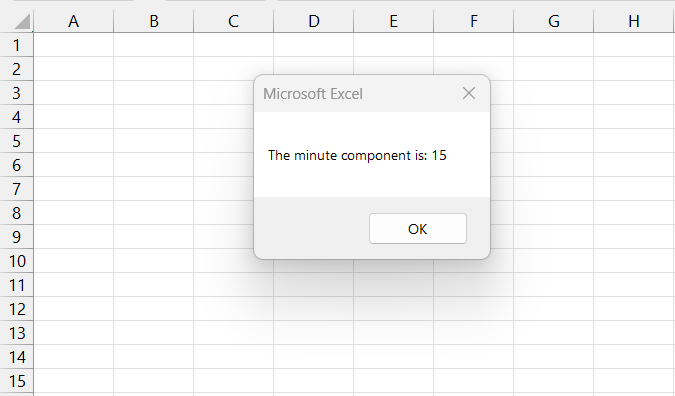

Excel VBA, coupled with the DATEPART function, simplifies date management in Microsoft Excel. With VBA’s automation capabilities, you can tackle intricate date manipulations, streamlining your data handling process. In this article, we will learn how to use DATEPART in Excel VBA to extract specific date components.
Key Takeaways:
- Automate Complexity: VBA empowers you to automate intricate date manipulations, enhancing efficiency in Excel.
- Precision Extraction: DATEPART extracts specific date components like year, month, or even seconds, enabling tailored data analysis.
- Flexible Functionality: DATEPART offers adaptability by returning various values based on specified intervals, catering to diverse analytical needs.
- Step-by-Step Guidance: Detailed examples guide you through implementing DATEPART, ensuring seamless integration into your Excel workflows.
Table of Contents
Introduction to Excel VBA and the DATEPART Function
Unlocking the Power of Dates in Excel with VBA
When you’re working with Excel, managing dates can get tricky, but VBA (Visual Basic for Applications) is a powerful ally in decoding this complexity. It allows you to automate almost any action you can perform in Excel, including comprehensive date manipulation that can revolutionize the way you handle your data.
Understanding the DATEPART Function’s Role in Date Manipulation
The DATEPART function is your secret weapon for laser-focused date manipulation. It allows you to extract precise components from dates—think a year, month, day, and even down to the second. This enables you to scrutinize and handle date values with unparalleled precision, tailoring data analysis and reporting to your specific needs.
Consider using contextual visuals like screenshots or flowcharts illustrating how DATEPART can be integrated into date manipulation workflows to make this section even more engaging for the reader.
Breaking Down the DATEPART Function
Understanding DATEPART
DATEPART is a function commonly used in SQL, but it can also be employed in Excel VBA to extract parts of a date or time. Its syntax is straightforward:
DATEPART(interval, date)
The ‘interval’ parameter specifies the date or time part to be returned, while ‘date’ represents the input date or time value.
Commonly Used Intervals:
- “yyyy” or “yy”: Returns the year portion of the date.
- “m” or “mm”: Retrieves the month part of the date.
- “d” or “dd”: Extracts the day from the date.
- “h” or “hh”: Gets the hour from the time.
- “n” or “nn”: Fetches the minute from the time.
- “s” or “ss”: Obtains the second from the time.
The Flexibility of DATEPART’s Return Values
DATEPART’s real prowess lies in its adaptability to return a range of values based on the ‘interval’ you specify. Whether you’re looking for the year, quarter, month, day, weekday, or even time components like hour, minute, and second, DATEPART has got you covered.
The ability to pinpoint these individual elements within a date or timestamp means you can customize how data is parsed and utilized, ranging from simple tasks like sorting events annually to complex calculations of time intervals between actions.
For a more vivid depiction, a chart or a list illustrating various ‘interval’ examples and their corresponding return values could be an excellent addition here, providing readers with a quick reference to understand the granularity DATEPART offers.
Step-by-Step Examples Using DATEPART
Example 1 – Extracting Specific Date Components
Imagine needing to analyze sales data by year or manage a timeline for project deadlines—extracting specific date components becomes indispensable. Here’s how to use DATEPART in Excel VBA to tease out the year from a given date:
STEP 1: Open the Visual Basic for Applications (VBA) Editor: Press ALT + F11 to open the VBA editor. Alternatively, you can go to the “Developer” tab and click on “Visual Basic.
STEP 2: Insert a New Module: In the VBA editor, click on “Insert” in the menu bar and then select “Module”. This will insert a new module where you can write your VBA code.
STEP 3: Copy and Paste the VBA Code: Copy the VBA code provided in the article:
Sub YearFromDate() Dim result As Integer Dim myDate As Date myDate = #7/11/2024# result = DatePart("yyyy", myDate) MsgBox result End Sub
STEP 4: Close the VBA Editor: Once you’ve pasted the code, close the VBA editor window.
STEP 5: Run the Macro: To execute the macro, you have two options:
- Press ALT + F8 to open the “Macro” dialog box. Select the macro you want to run from the list (e.g., “YearFromDate”) and click “Run”.
- Alternatively, you can assign the macro to a button or shape in your worksheet. Right-click on the button or shape, select “Assign Macro”, choose the macro you want to run, and click “OK”.
STEP 6: View the Results: Depending on the macro you ran, you’ll either see message boxes displaying the extracted date components or the macro will perform actions based on the categorized dates.
After running this subroutine, a message box pops up, showcasing “2024” – the year extracted from the date. It’s proof of how effortlessly you can distill essential data points from dates for reporting, analysis, or any other application where the temporal element is vital.
Example 2 – Dealing with Time Values: Hours, Minutes, and Seconds
Let’s delve into time values within dates. If you’re looking to break down a timestamp into hours, minutes, or seconds, DATEPART sails to the rescue once again. Here’s an example that siphons off the minute from a specific time:
Sub MinuteFromTime() Dim result As Integer Dim myTime As Date myTime = #10:15:30 AM# result = DatePart("n", myTime) MsgBox "The minute component is: " & result End Sub
Running this subroutine, a message box will inform you that the minute component is “15”—the minutes from our given time.
This technique is invaluable for precise time tracking or event logging, ensuring that your data’s temporal precision is down to the last second.
Visual aids such as screenshots or even a short video could greatly enhance the reader’s comprehension here, bringing to life the journey from the VBA coding environment to the tangible outputs and benefits.
Troubleshooting Common Issues with DATEPART
Understanding Error Messages and Their Solutions
Navigating the common error messages that DATEPART may throw at you is crucial to smooth VBA programming. If you encounter a ‘Type Mismatch’ error, it often means that the date you’ve provided isn’t recognized as a valid date or the interval isn’t specified correctly. Double-checking your input and ensuring it matches Excel’s date format should resolve this.
Another typical mistake that causes errors is using the wrong interval string, like mistyping “mm” for month instead of “m”. This minor slip can be avoided by familiarizing yourself with the correct interval codes.
To help clarify solutions, you could include a table summarizing common error messages, causes, and troubleshooting tips, providing a handy reference for programmers to diagnose and fix issues quickly.
Frequently Asked Questions (FAQ)
What is Excel VBA?
VBA, or Visual Basic for Applications, is a programming language built into Microsoft Excel. It’s a tool that enables you to automate repetitive tasks and create custom functions and complex calculations beyond what standard Excel features provide. They can use it to enhance their productivity by automating virtually any action that they can manually perform in Excel.
What is the difference between datepart and date functions in Excel vba?
In Excel VBA, the DATEPART function extracts a specific part of a date, such as year, month, or day, whereas DATE functions like DATE() create a date based on individual year, month, and day components. They use DATEPART primarily for breaking down existing dates, while DATE functions are used to construct new dates or convert date information into serial number format.
What is Excel vba datepart function?
The Excel VBA DATEPART function is a versatile tool within the VBA programming environment used to extract a specific part—such as the year, month, day, or time component—from a date or time value. It simplifies handling and analyzing date-related data, making it easier to work with temporal elements in Excel spreadsheets programmatically.
How to use the datepart function in Excel vba?
To use the DATEPART function in Excel VBA, write a subroutine or a function within the VBA editor, specify the interval of the date you want to extract, and provide a valid date value. Here’s a simple usage example:
In this snippet, the function extracts the month from the givenDate. Run the subroutine to see the result, in this case, “3” for March, in a message box.
Why is vba datepart not working in Excel?
If the VBA DATEPART function isn’t working in Excel, check the valid format of your date or time expression, the interval argument’s spelling and casing, and that all necessary arguments are provided in the correct order. Also, look for any variable naming or scope issues in the code. Lastly, make sure the referenced date fits within the Gregorian calendar’s supported range.


John Michaloudis is a former accountant and finance analyst at General Electric, a Microsoft MVP since 2020, an Amazon #1 bestselling author of 4 Microsoft Excel books and teacher of Microsoft Excel & Office over at his flagship MyExcelOnline Academy Online Course.



